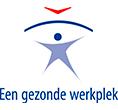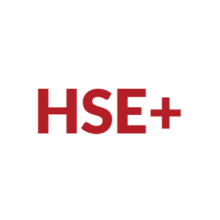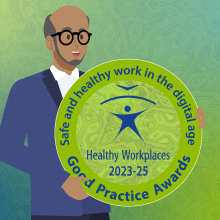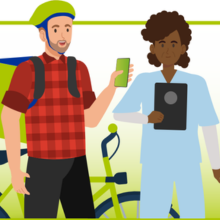HSE+ engages Italian readers on the new campaign and digital platform work
One of the newest additions to the network of media partners, HSE+ based in Italy, has recently brought attention to the 2023-25 Healthy Workplaces Campaign ‘Safe and healthy work in the digital age’ through several arti...
Stuur ons uw inzending voor de awards voor goede praktijken en toon ons hoe u het digitale arbeidstijdperk omarmt!
De awards voor goede praktijken voor een gezonde werkplek, die in samenwerking met onze nationale focal points worden georganiseerd, zetten allerlei organisaties in heel Europa in de bloemetjes die innovatieve benadering...
Infographic over digitaalplatformwerk
Digitaalplatformwerk omvat een breed scala aan banen en werknemers, die met zeer uiteenlopende uitdagingen op het gebied van veiligheid en gezondheid op het werk (VGW) worden geconfronteerd. Als aanvulling op de bestaand...
Digital innovation in preventive healthcare: insights from International ORP Foundation's webinar
The International ORP Foundation, a new official campaign partner of the Healthy Workplaces Campaign 2023-25 'Safe and healthy work in the digital age', recently hosted a webinar titled 'Digitalisation and wellbeing: a n...
The Standing Committee of European Doctors (CPME) is promoting awareness of digitalisation in the healthcare sector
In the winter edition of the magazine published by our official campaign partner, The Standing Committee of European Doctors (CPME), William Cockburn, EU-OSHA Executive Director, contributed a guest article shedding ligh...
Pagination
- 1
- 2
- 3
- 4
- 5
- 6
- 7
- 8
- 9
- …
- Volgende pagina
- Laatste pagina






